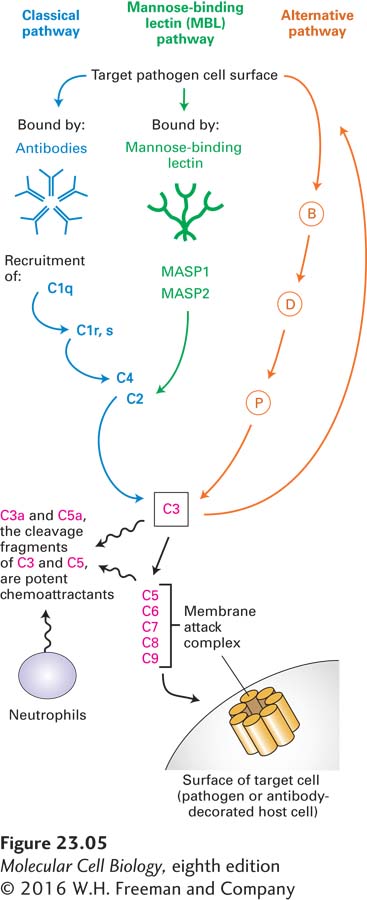
FIGURE 23- y- e- e- e-